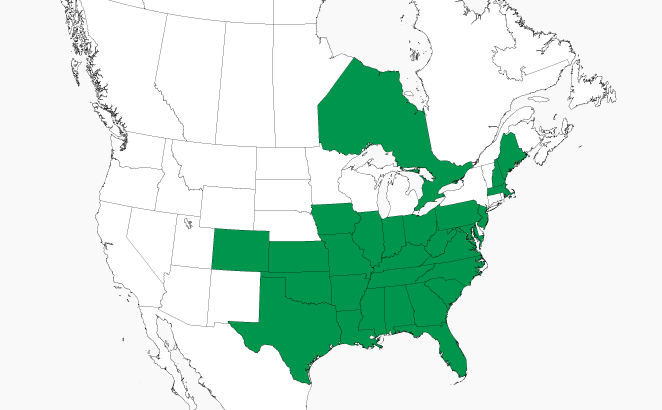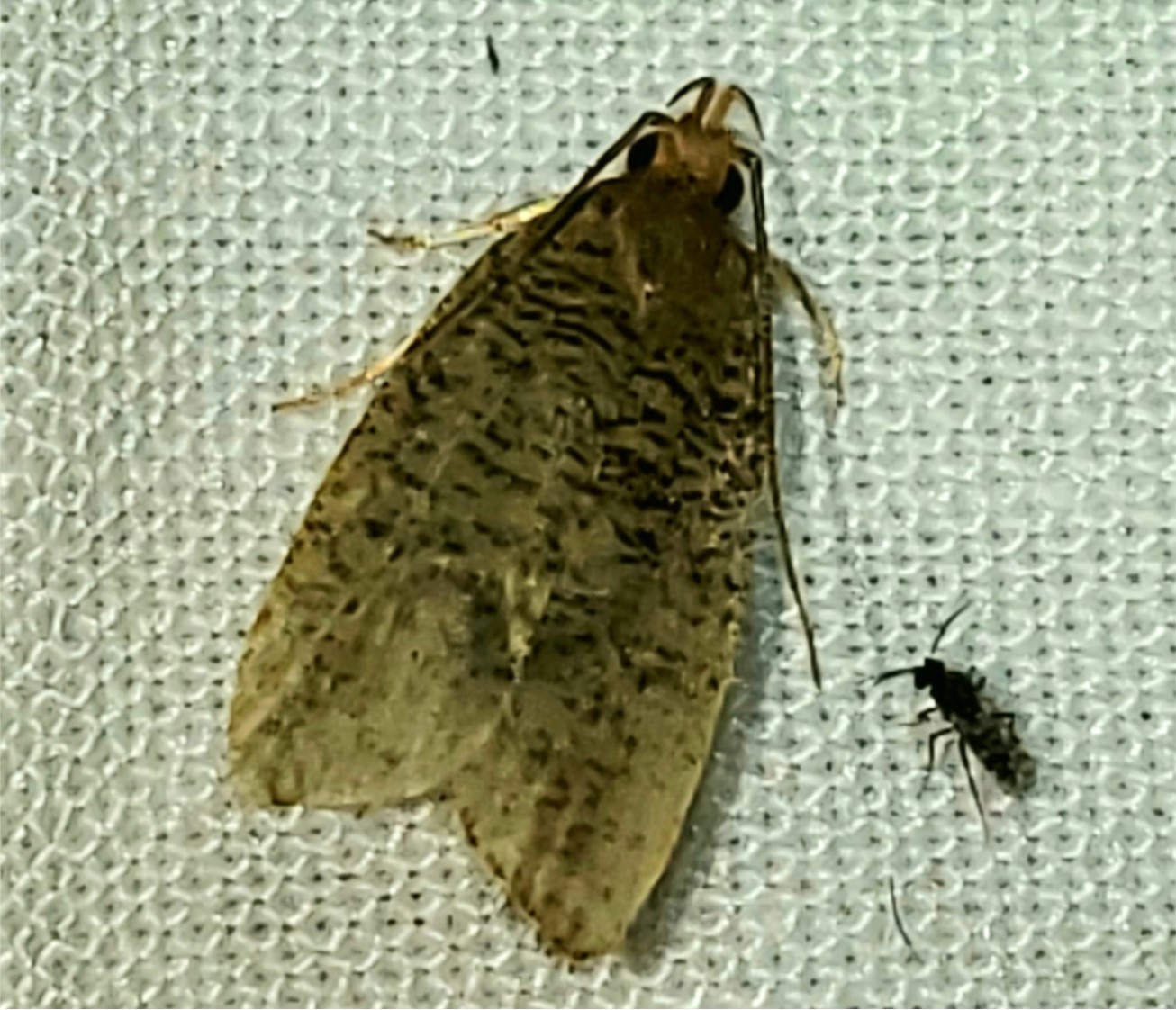ECOLOGY ▪ EDUCATION ▪ ADVOCACY
Psilocorsis: Combines the Greek psilos, meaning “bare,” with Latin cor, meaning “heart,” and the Greek suffix, sis, used to form action nouns.
cryptolechiella: Combines the Greek crypto, meaning “hidden,” with the Latin lechi, for “milk. The suffix ella is Latin for “small.”
sye-loh-kor-sis krip-toh-lek-ee-el-uh
This map shows the verified sightings of black-fringed leaftier in Indiana. All sightings were confirmed through photographic documentation by individuals who contributed to the Great American IN Nature Lepidoptera Project (GAIN LP).
 |
GAIN LP documented in county. |
Documented North American Sightings as of 11/28/2020

| Date | County | Observer | Notes | Image1 | Image2 |
|---|---|---|---|---|---|
| 2020-08-29 | Crawford | Kant, Nancy | Adult |
 |

|
| Observation Details | Images |
|---|---|
| Date: 2020-08-29 County: Crawford Observer: Kant, Nancy Notes: Adult |

 |
 NR: Not ranked
NR: Not ranked
Black-fringed leaftier larvae feed on the foliage of several native trees.
| Known Larval Food Sources in Indiana | ||
| Family | Taxonomic Name | Common Name |
|---|---|---|
| Order: Aquifoliales | ||
| Aquifoliaceae | Ilex spp. | hollies |
| Order: Fabales | ||
| Fabaceae | Robinia spp. | locusts |
| Order: Fagales | ||
| Fagaceae | Castanea dentata | American chestnut |
| Fagus grandifolia | American beech | |
| Quercus spp. | oaks | |
| Juglandaceae | Carya spp. | hickories |
| Order: Sapindales | ||
| Aceraceae | Acer spp. | maples |